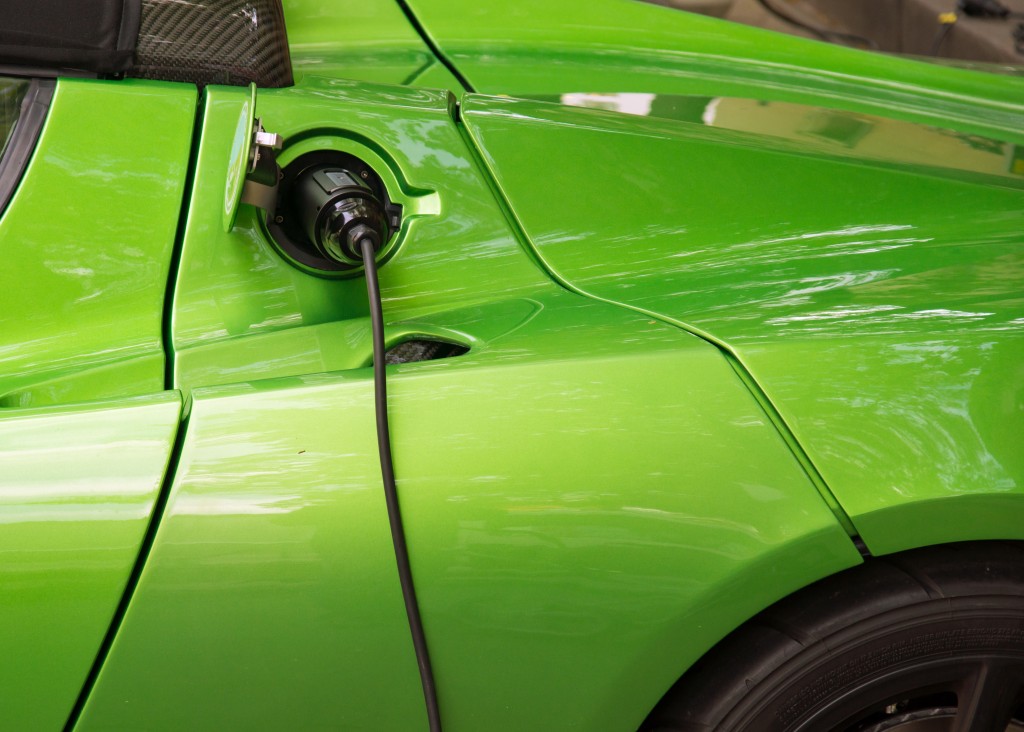Electric cars are certainly the cars of the future, but maybe not the present. Electric vehicles have certainly improved, but there are some areas where they are severely lacking.
Aesthetics
Electric vehicles (EVs) were seen as nothing more than novelties before the 2000s, gaining mainstream acceptance only in 2010 after the advent of Tesla’s Roadster and Model S and the popular Nissan Leaf. Most electric car companies also seem to favor a more modern, streamlined look, making each one of them look the same. Gasoline cars have no such problems.
With more than a century of production and more than a thousand manufacturers, gas cars come in a wider range of models than EVs. Muscle cars, sleek sports cars, luxury vans, three-wheeled compacts, the number of make and models are in the tens of thousands. Chevrolet alone has released more than 300 different models, vastly surpassing the number of available EV models today.
Expense
Electric cars appeal to the wealthy because they can freely use one. EVs tend to be a little more expensive than gas cars. However, their higher purchase price isn’t the primary reason EVs are unaffordable. EVs require constant charging, and you can only do so if you have a garage. People living solo in apartments won’t have any way to charge their vehicles. Buildings with ready charging ports in their parking areas will usually exact higher premiums to charge electric vehicles. The garage requirement makes owning an electric car impossible for almost half the population.
Repair Venues
Gas cars have been around for more than a few decades. Most car repair shops will have a general inkling on how to repair different kinds of models. Even if you drive a custom Subaru rally car, you won’t have problems finding a shop that can provide Subaru factory-recommended maintenance and repair. Most car parts are readily available. A quick call to a supplier can get the required replacement within a day or two (sometimes even hours).
Electric cars are fairly new. Most shops won’t have the expertise to repair electric vehicles, and even if they do, mechanics will have less experience. The rarity of repair venues allows them to jack up their rates. Electric car parts can be difficult to get. Most require purchasing directly from the manufacturers, and it could take weeks for a part to be available.
Mileage

Electric vehicles don’t have the mileage of a car with a five-gallon tank. Most car owners will fill up their cars once the tank goes below a quarter. Driving an EV with limited range feels like driving a car with just a quarter of fuel, so expect some mileage anxiety. While EVs are great for normal city driving and commutes, things can get problematic during longer trips.
Although charging stations are becoming more common, staying put in one place for an hour or two can get tedious. Filling up on gas requires less than five minutes, and a full tank of gas (12 to 15 gallons for average cars) can last 400 to 500 miles. Once you reach your destination, you probably won’t be able to charge your car overnight unless you’re visiting a relative with a similar make and model EV. Bad weather and traffic can also leave you with other issues.
Customization
The only thing you can change in an EV performance-wise is its wheels. Gas cars are open to more customization like supercharging, suspension upgrades, modified braking systems, throttle response, even nitro if you want to go fast and furious. EV customization is limited to non-existent. Good luck adding a winch to an EV — what more a lift kit.
Green Advocacy
If you’re buying an electric car purely for environmentalism, you’re better off sticking to your old clunker. The process of manufacturing an electric car produces 17.5 tons of carbon dioxide, which is equal to the emissions of a gas car for four years. Using an electric vehicle also does not eliminate carbon emissions.
The US still uses fossil fuels for 66 percent of its power production. Unless your house is solar-powered, you’ll still be charging your car with fossil fuel from the grid. It will take 12 years of use to make up for the carbon cost of producing an electric vehicle. Most car owners switch cars in six years. You’ll need to stick to your car for more than 12 years before it becomes truly green.
Electric vehicles might be the cars of the future, but it will take five to ten more years before they become at par with gas cars when it comes to access, convenience, and overall enjoyment.











